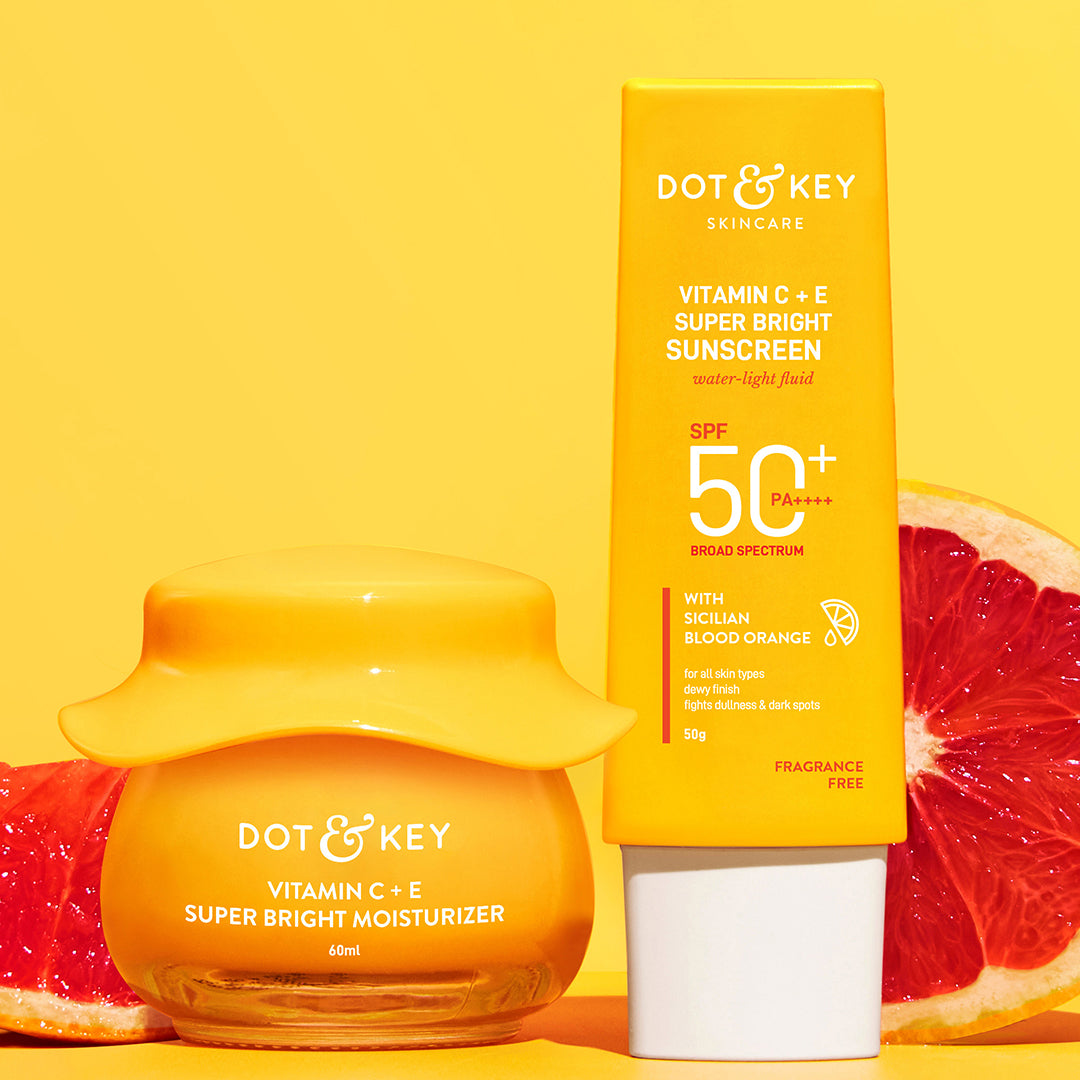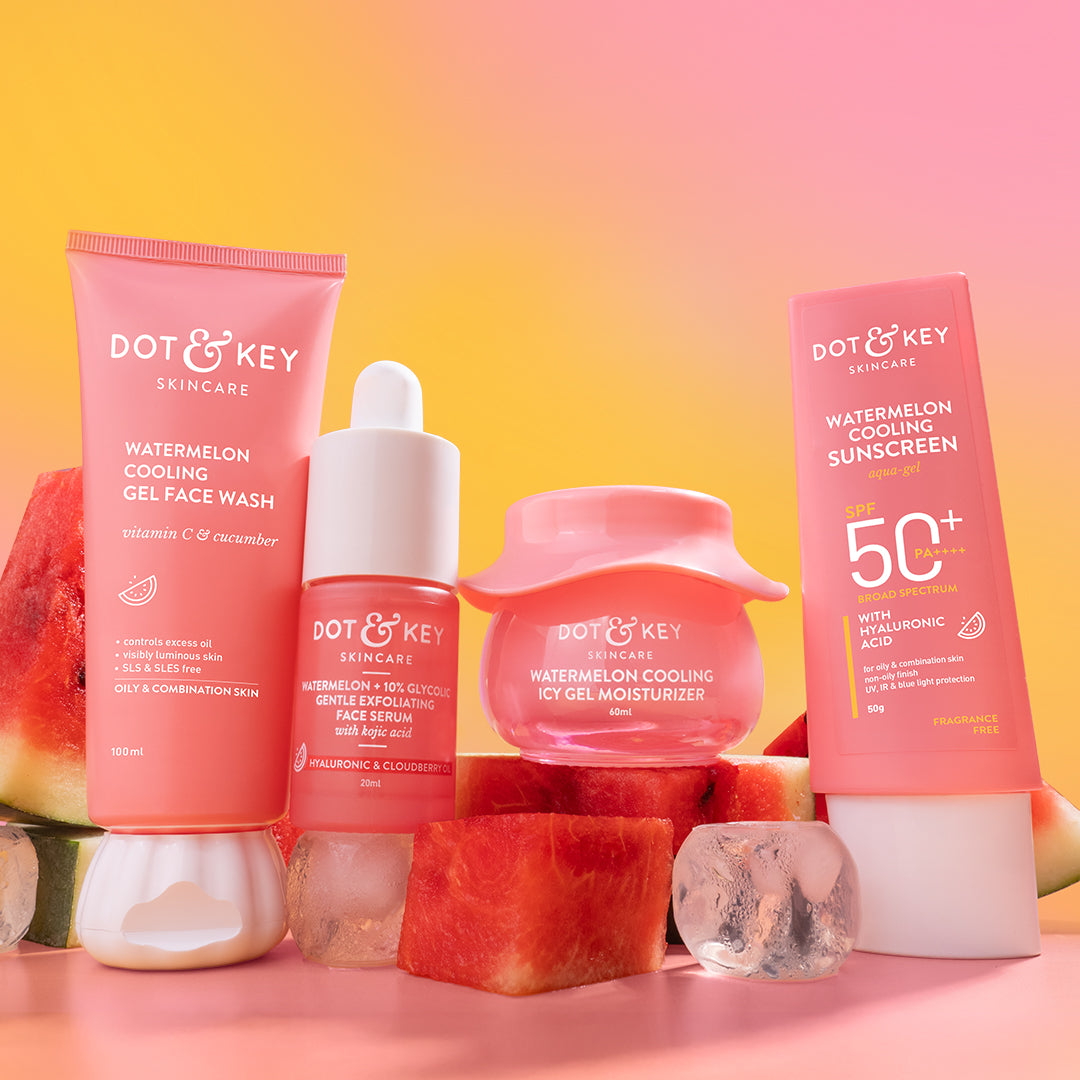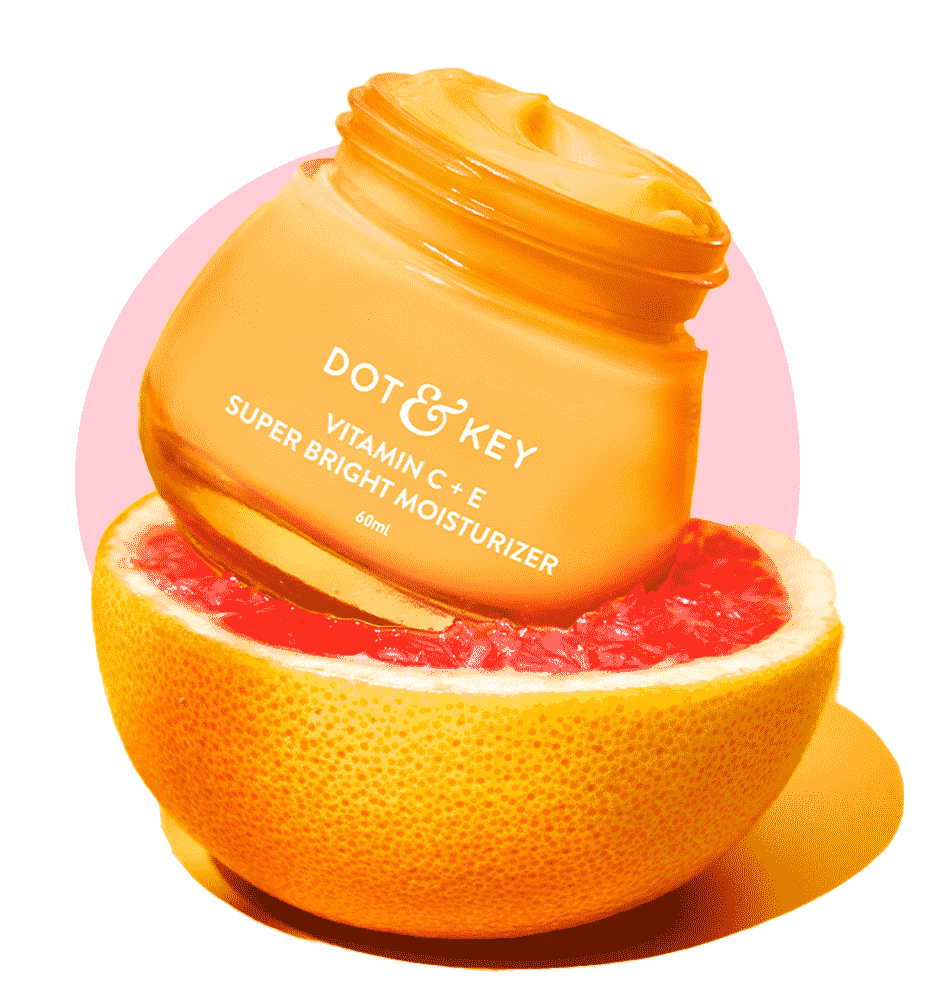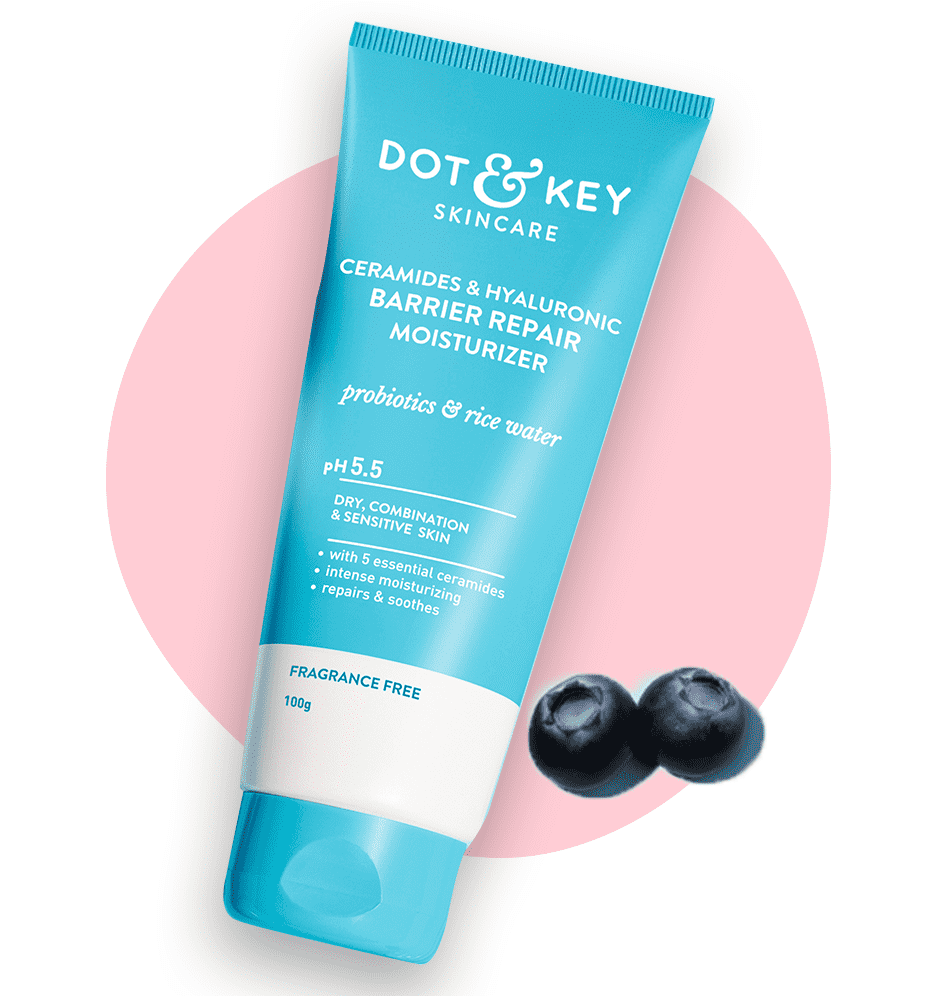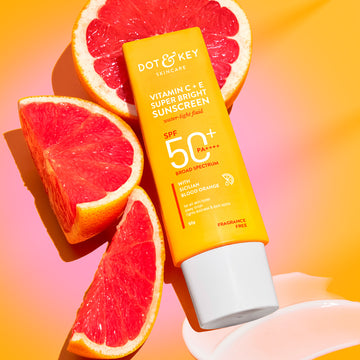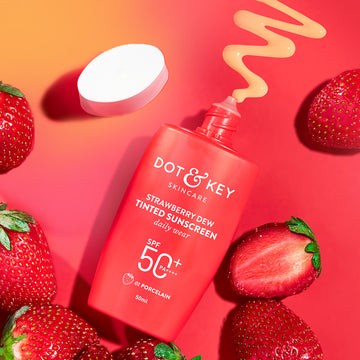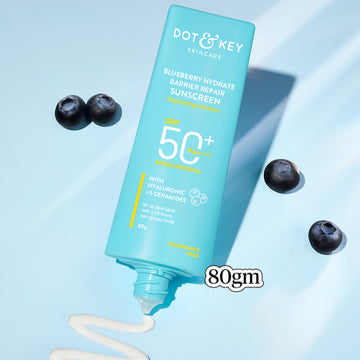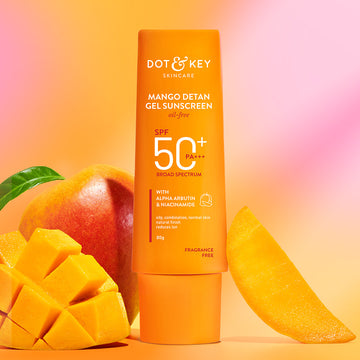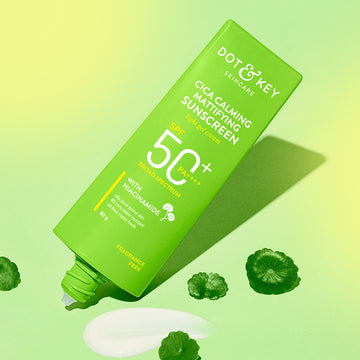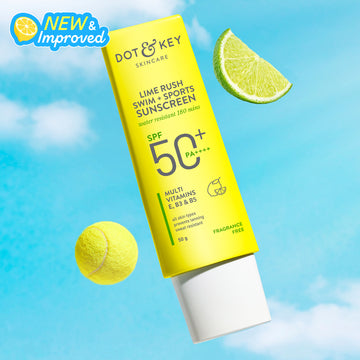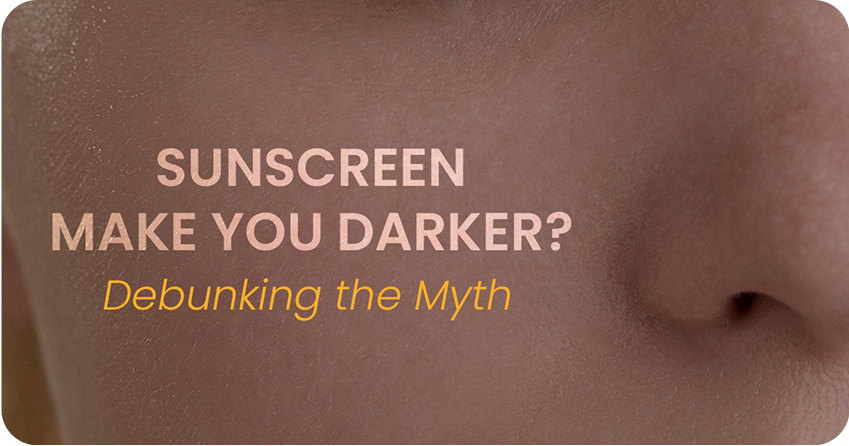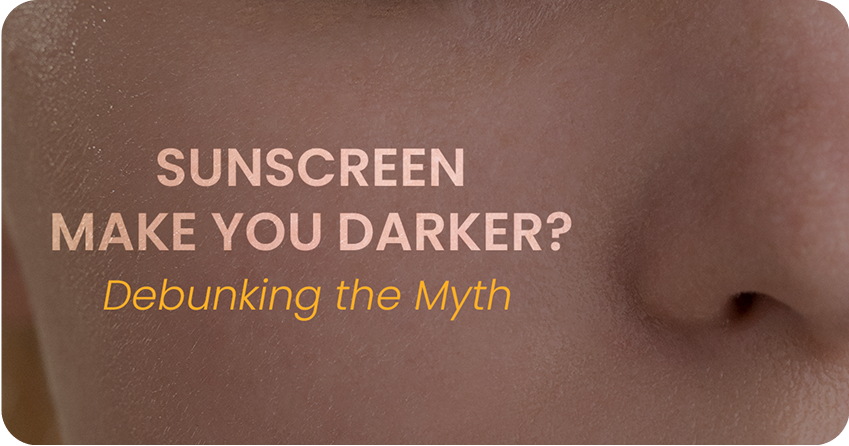
You’re doing the right thing—slathering on sunscreen, staying sun-safe—and yet, somewhere in the back of your mind, you’re wondering: “Why does my skin look darker?” Sound familiar? You’re not alone. It’s one of the most common skincare questions, especially in regions where melanin-rich skin is more prone to tanning.
In this blog, we’re cutting through the confusion to answer one burning question: Does sunscreen really make your skin darker? (Spoiler: It doesn’t.) Let’s unpack the science, debunk the myths, and help you protect your glow without second-guessing your skincare.
Can Sunscreen Make You Darker?
First things first—sunscreen does not make you darker. In fact, it’s designed to do the exact opposite: protect your skin from the sun’s harmful rays, which can cause tanning, burning, and long-term damage.
The idea that sunscreen could darken your skin likely stems from a mix of myths, misunderstandings, and maybe even some confusing experiences under the sun. So, let’s break it down and figure out what’s really going on.
Why Do People Think Sunscreen Darkens Skin?
There are a few reasons why this myth persists:
- Temporary Skin Discolouration: Some sunscreens, especially those with physical blockers like zinc oxide or titanium dioxide, can leave a slight white or ashy cast on the skin. If you have a darker skin tone, this might make your skin look different temporarily, but it’s not darkening—it’s just the product sitting on your skin.
- Tanning Despite Sunscreen: If you’re still getting a tan while wearing sunscreen, it might feel like the sunscreen is “causing” it. But here’s the truth: no sunscreen blocks 100% of UV rays. Even broad-spectrum SPF 50 lets a small amount of UV light through, which can gradually tan your skin over time.
- Chemical Reactions: Certain sunscreens contain ingredients like avobenzone or oxybenzone, which can react with sunlight or sweat in rare cases, leading to a slight tint or irritation that might be mistaken for darkening. This is uncommon but can fuel the myth.
- Post-Inflammatory Hyperpigmentation (PIH): If your skin is prone to hyperpigmentation (dark spots after irritation or injury), sun exposure—even with sunscreen—can worsen those spots, making it seem like the sunscreen itself is to blame.
Now that we’ve got the “why” out of the way, let’s talk about what sunscreen actually does and how it interacts with your skin.
How Sunscreen Works: A Quick Science Lesson
Sunscreen is like your skin’s personal bodyguard against the sun’s ultraviolet (UV) rays—specifically UVA and UVB rays. Here’s a quick rundown:
- UVB Rays: These cause sunburn and are the main culprits behind tanning. They affect the outer layers of your skin.
- UVA Rays: These penetrate deeper, causing long-term damage like wrinkles, premature ageing, and hyperpigmentation.
Sunscreens come in two main types:
- Chemical Sunscreens: These absorb UV rays and convert them into heat, which is then released from your skin. Ingredients like avobenzone, octinoxate, and oxybenzone fall into this category.
- Physical (Mineral) Sunscreens: These sit on top of your skin and reflect UV rays like a shield. Zinc oxide and titanium dioxide are the stars here.
Both types are designed to reduce the amount of UV light that reaches your skin, which means they help prevent tanning, burning, and darkening caused by sun exposure. So, if anything, sunscreen should keep your skin lighter than it would be without protection.
Why You Might Still Tan (Even With Sunscreen)
If you’re noticing a tan despite using sunscreen, don’t toss your bottle just yet. Here are some reasons why this might happen:
- Not Enough SPF: SPF (Sun Protection Factor) measures how well a sunscreen protects against UVB rays. SPF 30 blocks about 97% of UVB rays, while SPF 50 blocks about 98%. If you’re spending a lot of time in the sun, a higher SPF might be necessary.
- Incorrect Application: Most people don’t apply enough sunscreen. The general rule is about 1 ounce (a shot glass full) for your entire body, and you need to reapply every 2 hours—or more often if you’re swimming or sweating.
- Missed Spots: It’s easy to miss areas like your ears, neck, or the tops of your feet. These spots can tan or burn, making it seem like your sunscreen isn’t working.
- UVA Exposure: Some sunscreens don’t offer strong UVA protection. Look for “broad-spectrum” on the label to ensure you’re covered against both UVA and UVB rays.
- Skin Type: If you have a darker skin tone, your skin naturally produces more melanin, which can make tanning more noticeable even with sunscreen.
The bottom line? Sunscreen reduces tanning, but it doesn’t eliminate it entirely. A little bit of colour might still sneak through, especially if you’re out in the sun for hours.
Does Sunscreen Cause Hyperpigmentation?
Hyperpigmentation is a big concern for many, especially if you have darker skin or are prone to dark spots. The good news? Sunscreen helps prevent hyperpigmentation, not cause it. Here’s why:
- UV exposure triggers melanin production, which can darken existing spots or create new ones.
- Sunscreen blocks a significant portion of those UV rays, reducing the chance of hyperpigmentation.
- If you’re using treatments like retinoids or acids (which make your skin more sun-sensitive), sunscreen is essential to prevent worsening dark spots.
That said, if you’re noticing dark spots while using sunscreen, it could be due to:
- Insufficient UVA protection (again, always choose broad-spectrum).
- Not reapplying frequently enough.
- Underlying skin conditions or irritation that sunscreen alone can’t address.
If hyperpigmentation is a concern, pair your sunscreen with a vitamin C serum or niacinamide to brighten your skin and fade dark spots over time.
Choosing the Right Sunscreen for Your Skin
Not all sunscreens are created equal, and finding the right one can make a huge difference. Here are some tips to pick a sunscreen that works for you:
- Check for Broad-Spectrum: This ensures protection against both UVA and UVB rays.
- Pick the Right SPF: SPF 30 is great for daily use, but go for SPF 50+ if you’re spending extended time outdoors.
-
Consider Your Skin Type:
- Oily Skin: Look for lightweight, non-comedogenic formulas labelled “matte” or “oil-free.”
- Dry Skin: Opt for moisturizing sunscreens with ingredients like hyaluronic acid or ceramides.
- Sensitive Skin: Mineral sunscreens with zinc oxide or titanium dioxide are less likely to irritate.
- Darker Skin Tones: Choose a sunscreen that blends well to avoid a white cast—many brands now offer tinted options or sheer formulas.
- Water Resistance: If you’re swimming or sweating, pick a water-resistant formula and reapply as directed.
- Ingredients to Avoid: If you’re worried about irritation or reactions, steer clear of oxybenzone or fragrances, which can sometimes cause sensitivity.
Pro tip: Test a small patch of sunscreen on your skin before slathering it all over to make sure it doesn’t cause irritation or an unexpected reaction.
How to Use Sunscreen Like a Pro
To get the most out of your sunscreen (and avoid any tanning or darkening surprises), follow these golden rules:
- Apply Generously: Use about 1/4 teaspoon for your face and 1 ounce for your body.
- Apply Early: Put it on 15–30 minutes before heading outside to let it absorb properly.
- Reapply Often: Every 2 hours, or after swimming, sweating, or towelling off.
- Don’t Skip Cloudy Days: UV rays can penetrate clouds, so wear sunscreen even on overcast days.
- Layer Smart: Apply sunscreen as the last step in your skincare routine, after moisturizer but before makeup.
Busting the Myth Once and For All
So, does sunscreen make you darker? Nope! It’s your skin’s best friend when it comes to preventing tanning, burning, and hyperpigmentation. If you’re seeing changes in your skin tone, it’s likely due to improper application, insufficient protection, or natural melanin production—not the sunscreen itself.
The key is to choose a broad-spectrum sunscreen that suits your skin type, apply it correctly, and reapply as needed. Pair it with other sun-smart habits like wearing hats, seeking shade, and avoiding peak sun hours (10 a.m. to 4 p.m.) for extra protection.
Final Thoughts
At the end of the day, sunscreen is a must for keeping your skin healthy and protected. Don’t let myths about darkening scare you away from this essential step in your routine. With the right product and a little know-how, you can enjoy the sun without worrying about unwanted tanning or damage.

